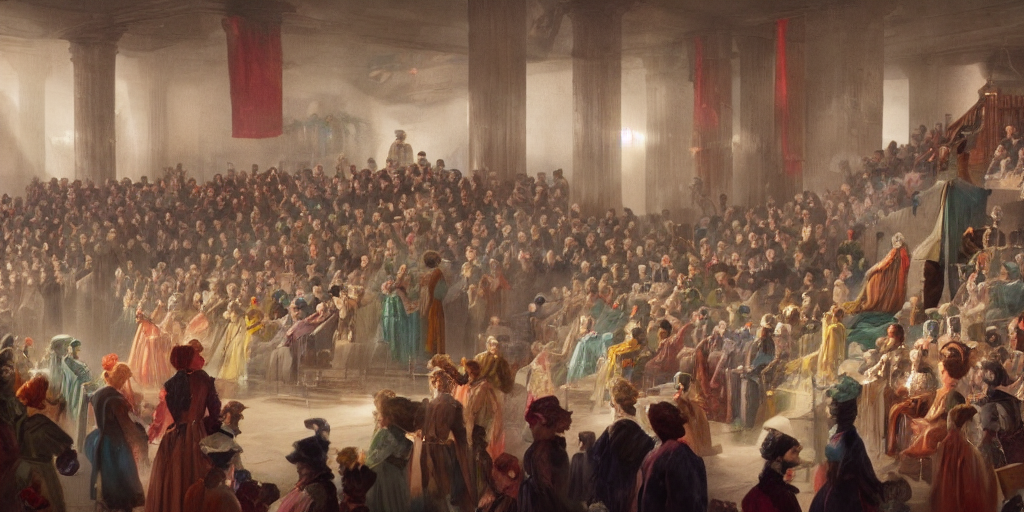Community leadership
 In order to be an effective leader in the community, it is important to have a clear vision and be able to communicate that vision to others in a way that inspires them to action. It is also important to be able to build relationships and coalitions within the community in order to create a shared sense of purpose and achieve collective impact.
In order to be an effective leader in the community, it is important to have a clear vision and be able to communicate that vision to others in a way that inspires them to action. It is also important to be able to build relationships and coalitions within the community in order to create a shared sense of purpose and achieve collective impact.
An effective leader in the community is someone who can see the potential in others and help them to realize their own power to effect change. Leaders are not born, they are made. And it is through the process of trial and error, of hard work and dedication, that leaders emerge.
If you want to be a leader in your community, it is important to be authentic and to have a genuine desire to serve others.
In 1848, a group of farmers in Seneca Falls, New York, organized the first women’s rights convention in the United States. The convention was led by Elizabeth Cady Stanton, an authentic leader who fought for women’s rights throughout her life. Stanton was not only a brilliant thinker and organizer, she was also an extraordinary writer who helped write “The Declaration of Sentiments,” a document that called for greater equality for women.
Stanton was born in Johnstown, New York, in 1815. She was raised in a family that was deeply committed to the principles of democracy and equality, and these values would shape her life and work. Stanton attended the Troy Female Seminary, where she studied ancient languages and philosophy. As a young woman, she married Henry Stanton, an abolitionist and social reformer who shared her commitment to equality.
The couple moved to Seneca Falls in 1847, and it was there that Stanton became involved in the women’s rights movement. In 1848, she and her friend Lucretia Mott organized the Seneca Falls Convention, which is widely considered to be the birth of the women’s rights movement in the United States.
The Seneca Falls Convention was a watershed moment in the fight for women’s rights, and it helped launch the women’s suffrage movement. Stanton was a key figure in that movement, and she continued to fight for women’s rights until her death in 1902.
Leaders are not perfect, but they are authentic and they are transparent. They are also passionate about their cause and are willing to put in the hard work to make a difference.
“The harder the conflict, the more glorious the triumph! What we obtain too cheaply, we esteem too lightly. Heaven knows how to put a proper price on its goods.”
- Thomas Paine
They work hard in their own lives to develop their skills and are also willing to help others do the same. But developing skills is more than just acquiring knowledge; it also requires practice and application. Leaders are willing to put in the time to help others improve their skills so that they can be more effective in their roles. Leaders are also willing to take risks. They know that in order to achieve something great, they may have to take some risks. They are willing to put themselves out there and take chances. This can be seen in their willingness to try new things and to experiment. Leaders are also willing to take on new challenges. They are not afraid of change and are always looking for ways to improve.
Finally, leadership is about influence. It is about inspiring others to take action. Some practical ways to inspire others and create change are to tell your own stories, connect with others, and create opportunities for others to tell their stories. Use your voice and your platform to motivate others to make a difference. I hope this guide has given you a better understanding of what leadership is and how you can be an effective leader. Remember, effective leadership is not about titles, positions, or power. It is about influencing others to take action. It is about inspiring others to make a difference. It is about being the change you want to see in the world. And it starts with you.